So you have decided to treat yourself to a new road bicycle. Great! Welcome to the clan. First of all congratulations, your heart and legs are going to thank you. Maybe not after the first few rides but definitely within the first few months.
Do you know what is the most important thing to look out for when buying a new bike? Come on, take a guess. Yes, you are right! It’s finding the right size! Whether this is your first road bike or your 101st you still have to make sure it is a good fit for you and your particular style of riding.
Road Bike Sizing Tips
For the majority of us though a regular fit by a bike shop guy and then some personal tweaking should be fine. And one word of warning, once you start tweaking the saddle, handlebar, and cleat positions, you may not be able to stop!
1. Find The Correct Frame Size
Let’s start with the most important part, the frame. If you get this wrong you won’t be able to adjust the frame to suit you and you probably won’t be able to adjust the other parts enough to make the bike fit. So pay attention to the fame and the sizes. You have to get the right frame size.
If the frame has a level top tube it is going to be measured in centimeters or inches. This was the way all road bikes were measured but now the manufacturers have come up with compact frames that have a downward sloping top tube. Now the frames can also be small, medium, or large.
Either way, when you straddle the bike there should be a gap of 1 to 2 inches from the top tube to your crotch. An easy way to measure this is to stand over the bike, lift it up until the top tube comes up firmly into contact with your crotch, and then check to see if the bike’s wheels are 1 to 2 inches off the ground.
You should also be able to put a couple of toes on the ground when you are in the saddle.
Why Choosing The Right Frame Size Is Important?
But why is frame size so important? I hear you asking. Surely I can just ride any old bike so long as it doesn’t come with training wheels? Your body and its various parts will be answering that question for you not long after your first 20-mile ride on a bike that is fitted wrongly.
If you do get the wrong frame size you could end up with back pain and or knee pain. Neither of these is very pleasant and both are easily avoided.
People come in all shapes and sizes and it would be nice if bicycles did as well. When you go into your local bike shop you may think bicycles do come in enough sizes for everyone because you will see all the bikes hanging down from the ceiling and arranged in neat rows all over the showroom floor.
But if you take a closer look, a lot of the bikes will be one of 4 sizes if they have the new compact frame style (small, medium, large, or extra large) or size in centimeters between 50cm and 60 cm. if they have the level top tube.
Imagine this: Two people are both 5’9” tall but if one has short legs and a long torso and the other person is longer limbed with a short torso, then the same bike frame is not going to fit both of them. So you cannot just go by the height of a person.
Why Does Different Same Frame Size Feel Different?
A bicycle shop cannot possibly store enough bikes to fit everyone that comes in through the door so that is why you should ride and test out a few different ones. You will probably also notice that different brands in the same frame size feel different. This is because frame builders sometimes measure their bikes slightly differently.
Try To Tweak The Frame To Get The Right Fit
Before you give up on the whole idea because it seems too overwhelming it is possible to get close to your fit and then tweak it with varying lengths and sizes of things like seat posts, stems, and how far forward or backward you move the saddle. Notice I didn’t say “tilt” the saddle. I will talk about that later.
2. Look At The Seat Post Length
There are 3 main points of contact between your body and the bicycle. The seat post, handlebars, and pedals.
Let’s take a look at the seat post first. The seat tube length will determine how high you are sitting on the bike. This in turn affects your pedal stroke. Unless you want bad knees, you have to have the height adjusted correctly.
I started out my riding journey on a bike that was not the right fit. I went through a horror ride to finally get it right. My knees and my back started hurting to the point that I almost gave up on cycling. But with hours of research and listening to the stories of fellow riders, I finally got what I was doing wrong!
How To Measure The Seat Post Length
Jump onto your bike, sit on the saddle, and put your hands on the handlebars. Put your feet on the pedals and rotate your right foot to the bottom of the pedal stroke. At this point, there should be a slight bend in the knee of that leg. This also means that at the same time, your left thigh should be just sloping down to the floor.
Try pedaling the bicycle. If you are rocking your hips your seat is too high. If you are noticing pain in the back part of your knee, you should experiment with lowering the seatpost.
It is important to note here that raising the seat post makes the seat and therefore your position on the bike move backward. This makes your reach even longer to the handlebars. This is why we alter the seat post and saddle position before we do the handlebars.
We have reviewed all Road Bikes in the World. Have a look!
3. The Saddle Height
While we are at the seat tube, let’s discuss the saddle. You can move the saddle forward and backward. This is helpful because if your top tube is not quite the right length you can only adjust the saddle a few centimeters. So it will not make amends for choosing the wrong frame size. It is adjusted so that when you have got your correct frame you can get a perfect fit.
How To Situate The Saddle
Sit on the saddle with your feet in a parallel position on the pedals. ie. level with each other. At this point, the front of your forward knee (the one at 3 o’clock) should be in a vertical line with the middle of the pedal and the ball of your foot. This may seem like a small point but the saddle has to be in the proper position.
Backward Positioned Saddle
If the saddle is too far back you may experience pain on the outside of your knee. This could be due to Iliotibial band syndrome and can be alleviated. Try moving the seat a little more forward or lowering the seat or a combination of both these adjustments.
Forward Positioned Saddle
If the saddle is too far forward it may cause pain in the front of the knee and this can be dealt with by moving the seat backward a bit or by raising the seat, or even a combination of both.
One more point on the subject of saddle positions. You have probably seen some people riding their bikes with the saddle in an extremely upward-pointing position and also other people with their saddles sloping down towards the top tube.
I cannot look at these people without wincing in pain and cannot think of a good reason why their saddles are in either of those two positions. Your saddle should be flat and parallel to the ground.
If after riding for a few months you want to lower or raise the front by a few millimeters to get a bit more comfortable that is great, but I would recommend trying the flat position first. Your unmentionables will thank you.
4. The Handlebar Height
Next, come the handlebars. The handlebars can be raised or lowered. The most comfortable position is probably going to be one where the saddle is at the same height as the handlebars. However, this is a very personal choice.
I prefer my handlebars to be a touch lower than my seat. The reason for this is that when you are trying to get a powerful pedal stroke and be more aerodynamic, this position adds more power.
You may like this position or may want to go the opposite way and have the handlebars higher than your seat. This is a more upright riding position and you may find this to be more comfortable. If your handlebars are too low you may. If you find yourself getting a sore neck or back pain this may be due to the fact that your handlebars are too low so you might want to raise them a bit.
One other piece of information that you might want to bear in mind with your choice of handlebars is their width. Ideally, the handlebars should be as wide as your shoulders.
5. Choosing the Right Stem
If you have to extend and lock your elbows to reach the handlebars then the stem is too long. You can correct this by choosing a set of handlebars that have a shorter stem. Road bikes have the stem and handlebars as one unified part. So the stem cannot be separated.
The shorter stem will have the effect of moving the handlebars closer to the steering column and therefore making your reach more comfortable.
Road or trail vibrations will pulse through your locked arms and into your neck and upper back causing aching and tiredness. You should be able to use your arms as shock absorbers for the bumps on the road and you cannot do this if your elbows are locked.
A generic rule of thumb that covers different bike styles (including road bikes) and handlebar configurations is that a proper reach (distance to the handlebar from the seat), allows you to comfortably use all the positions the handlebars provide and to comfortably bend your elbows while riding.
6. Cleat Placement
I am going to assume you will be wearing proper bicycle shoes on your new road bike. You want to get the complete experience and trust me once you ride with cleats you will never look back.
The position of the cleats is very personal. But in my experience, having your feet facing straight forward will be comfortable for you. You can get the salesperson in the bike shop to fit them for you and you can be on your way.
However if one of your feet points slightly in or out you can move the cleat in your shoe to compensate for that. You will still get a perfectly stable fit on the pedal and it is going to help your knees and hips stay in alignment.
Road Bike Size Chart
Bearing all this information in mind I think it becomes fairly obvious that there will be no single road bike sizing chart that will be perfect for everybody. Also, there are sizing charts that you have to have a degree in mathematics to understand and then there are sizing charts that are not worth the paper they are printed on, or these days, the pixels they take up.
However, there are two that are very useful in their own way.
| Inseam | Height | Bike Size |
|---|---|---|
| <27″ (5′ (152 cm)49 cm | ||
| 5’1″ (155 cm) | ||
| 5’2″ (157 cm) | ||
| 27″-29″ (69-74 cm) | 5’3″ (160 cm) | |
| 5’4″ (163 cm) | 52 cm | |
| 5’5″ (165 cm) | ||
| 5’6″ (168 cm) | ||
| 29″-31″ (74-79 cm) | 5’7″ (170 cm) | |
| 5’8″ (173 cm) | 54 cm | |
| 5’9″ (175 cm) | ||
| 5’10” (178 cm) | 56 cm | |
| 31″-33″ (79-84 cm) | 5’11” (180 cm) | |
| 6′ (183 cm) | 58 cm | |
| 6’1″ (185 cm) | ||
| 33″-35″ (84-89 cm) | 6’2″ (188 cm) | |
| 6’3″ (191 cm) | 61 cm | |
| >35″ (>89 cm) | 6’4″ (193 cm) | |
| 6’5″ (196 cm) | ||
| 6’6″ (198 cm) |
The chart should be simple and straightforward. You can find your frame size and then tweak the 3 contact points that we discussed to fit you perfectly. Remember again it is the frame size that is most important.
The second chart is useful because it shows the new compact frames that the manufacturers are producing compared to the sizes of the old traditional frames. You can see which size frame would be best for you and compare the two in the shop.
57-59 cm
| Rider Height | Bike Size | Compact Seat Tube | Traditional Frame Size |
|---|---|---|---|
| 5’2″-5’4″ (157-163 cm) | XS | 43 cm | 49-51 cm |
| 5’4″-5’7″ (163-170 cm) | S | 46.5 cm | 51-54 cm |
| 5’7″-5’10” (170-179 cm) | M | 50 cm | 55-57 cm |
| 5’10”-6’0″ (179-183 cm) | M/L | 53.5 cm | |
| 6’0″-6’3″ (183-191 cm) | L | 55.5 cm | 59-61 cm |
| 6’3″-6’6″ (191-198 cm) | XL | 58.5 cm | 61-63 cm |
With these two charts and the help of an honest and knowledgeable bicycle salesperson, you should be able to find the perfect bike for your needs. However, these charts will not work for mountain bikes. A mountain bike has a different build, therefore, finding the right bike size for MTBs is a different story.
Things To Consider Before Getting A Bike Fit
Let us assume you are going to go to a reputable bicycle store where the salespeople know what they are talking about and they can make sure the bicycle you ride out on fits you and your riding style.
1. What Is Your Riding Route?
There are a couple of things you have to decide before you get fitted. Do you have to ask yourself what sort of riding are you going to be doing? Will you be riding to the store and coffee shop, or maybe doing some touring?
A lot of people use their road bikes to commute to work every day and some will be using them to race at the weekend. Each of these different riding styles means you will have a slightly different fit on your bike.
2. Do You Want A Men’s Or Women’s Bike
The second and easier question is whether you are a man or a woman.
A ladies Bike
Let us take the latter question first. These days there are almost as many road bikes made for women as there are for men. These ladies’ bikes tend to have shorter top tubes.
Women usually have longer legs and shorter arms than men who are of the same height. This makes a bike with a shorter top tube more comfortable for most women, but not all.
A Men’s Bike
The standard frame is built and designed with the male body in mind. But if you are a lady please feel free to test-ride a man’s road bike. In the end, whichever bike fits you best is the one you will be riding out of the store.
3. What Is Your Style Of Riding
As for the style of riding you do, the answer to this question is going to affect your position on the bicycle. If you are just going to use your bike to ride to the coffee shop you can get away with an upright position.
If you are going to commute to work you will want a more aerodynamic position and if you are going to do some speed work you will need to get low and into a racing position. All these positions are or can be comfortable but you don’t want to be in the wrong one for your riding style.
4. Take A Test Ride If You Can
When you have decided what size of bicycle frame you want, whether you are a man or a woman, and which type of riding you will be doing, it is time to test some bikes.
A respectable bike store will have someone who can give you a good expert fit. If you think you have a physical impairment that will affect your bike comfort/riding or if you just want a more professional critique of your needs there are bicycle fitting studios with video cameras. These places will take film of you while riding a trainer bike and analyze your pedaling.
FAQs
Is it better to size up or down road bike?
It is better to size down on a road bike.
Is it better to have a bike slightly too big or too small?
It is better to have a bicycle of your own size. Nevertheless, a slightly too-big bike can be modified while a too-small bicycle cannot be modified to fit you.
How do I know if my bike is too small?
On a too-small bike, it will be difficult for you to reach the handlebar. You may also experience joint pain.
Should my feet touch the ground on a bike?
When you are on the saddle, your feet should slightly touch the ground. What you are looking for is a slight bend in the knee.
Recap
You should now be fitted perfectly for the new bicycle. Like I said at the beginning it may take a couple of months to get the seat post, saddle, and handlebars into the exact positions that are perfect for you and your riding style but if you have the right frame size to begin with, you can alter the three points of contact in your own time.
However, if it is your first time, I would not recommend you buy a bike online just by referring to measuring charts. It’s better to visit a local bike shop and get a proper bike fitter to help you. Just don’t let me see you riding down the road with your elbows locked and your legs sticking out perpendicular to your bike.
Also Read
- Road Bikes vs. Mountain Bikes: Which Is The Perfect One For You?
- Tips To Enjoy Your Bike Trip With Kids- Create Unforgettable Memories
Should you have any questions or require further clarification on the topic, please feel free to connect with our expert author Ryan Ross by leaving a comment below. We value your engagement and are here to assist you.

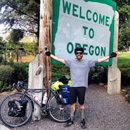
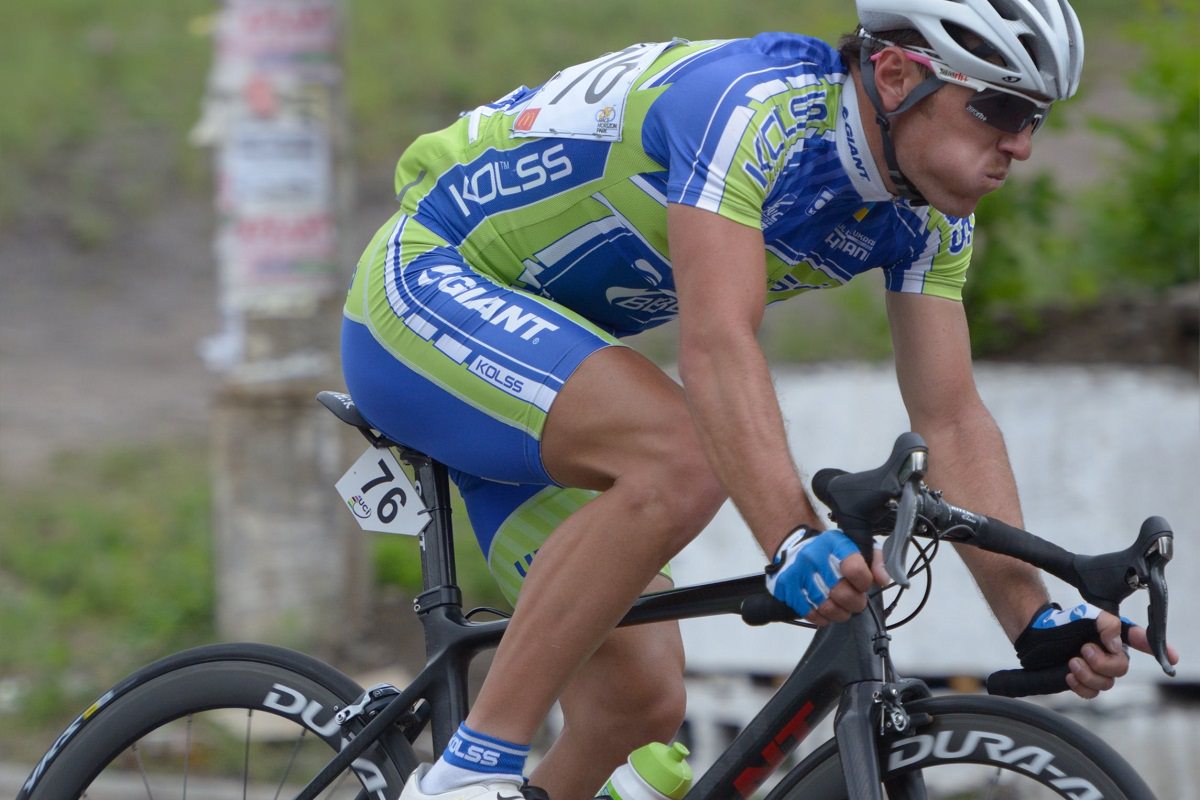
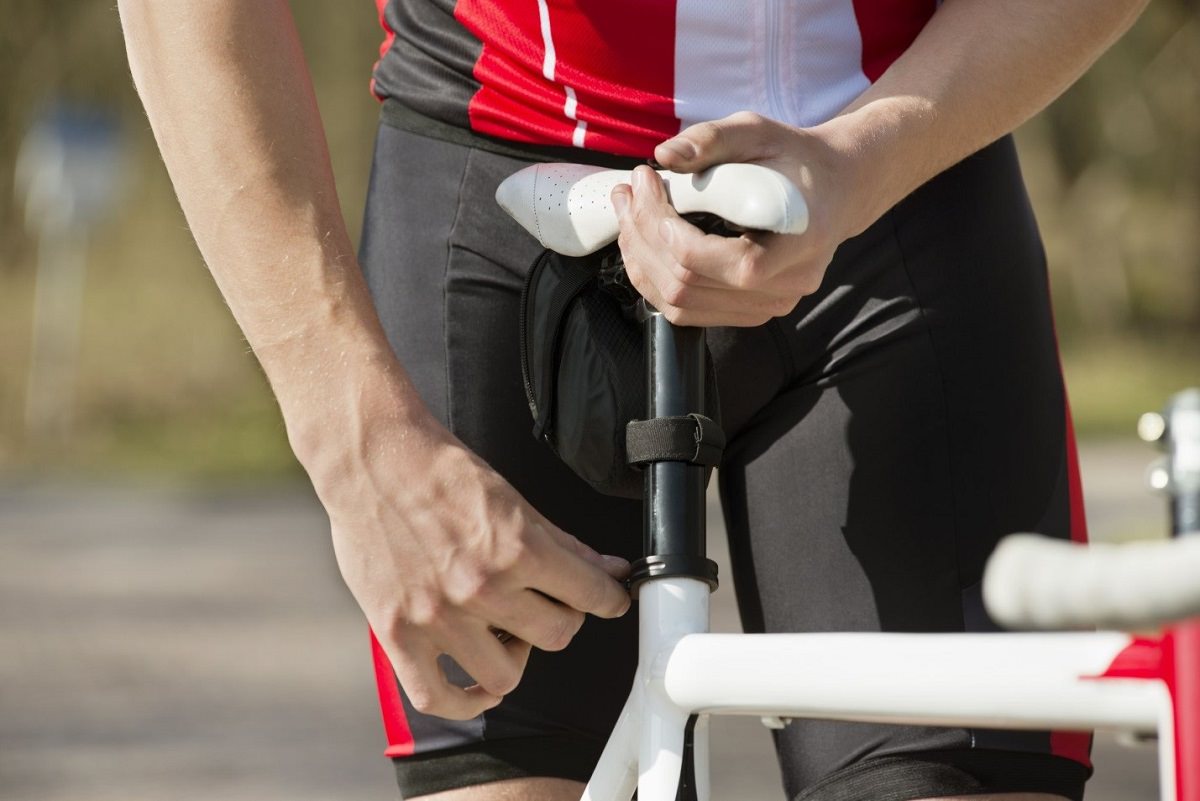
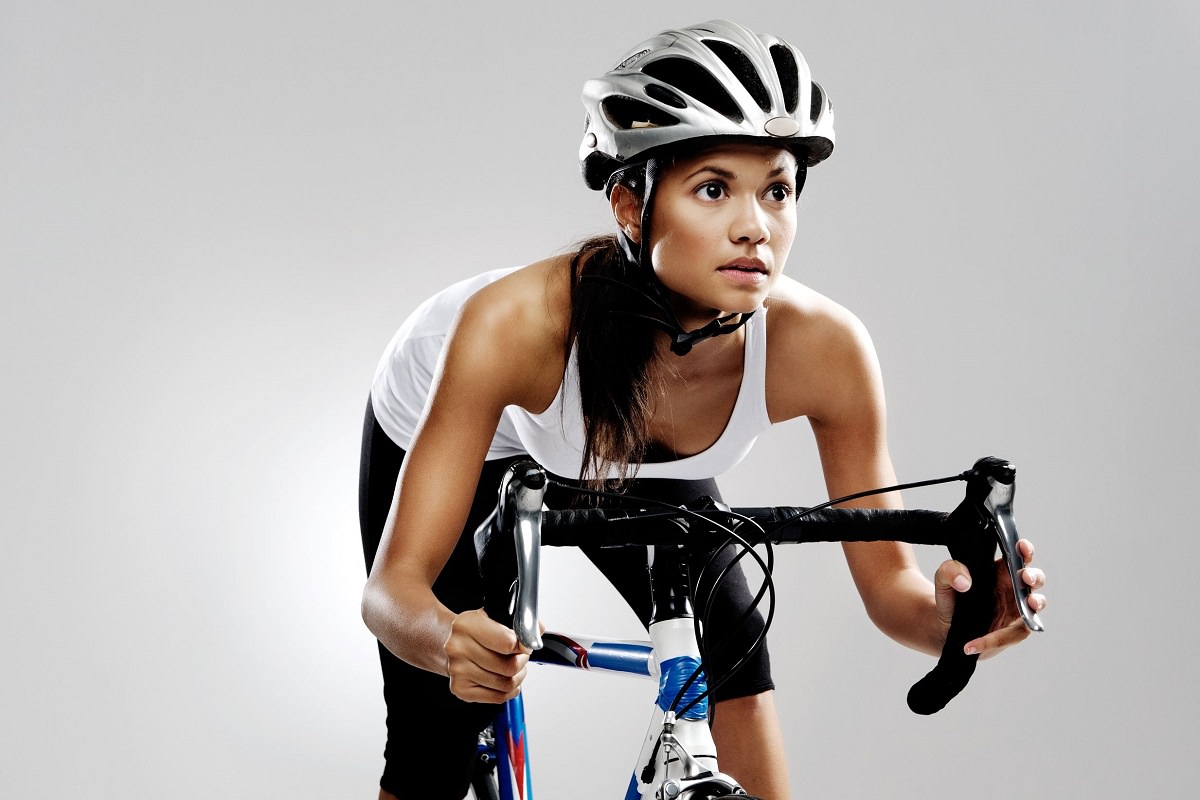
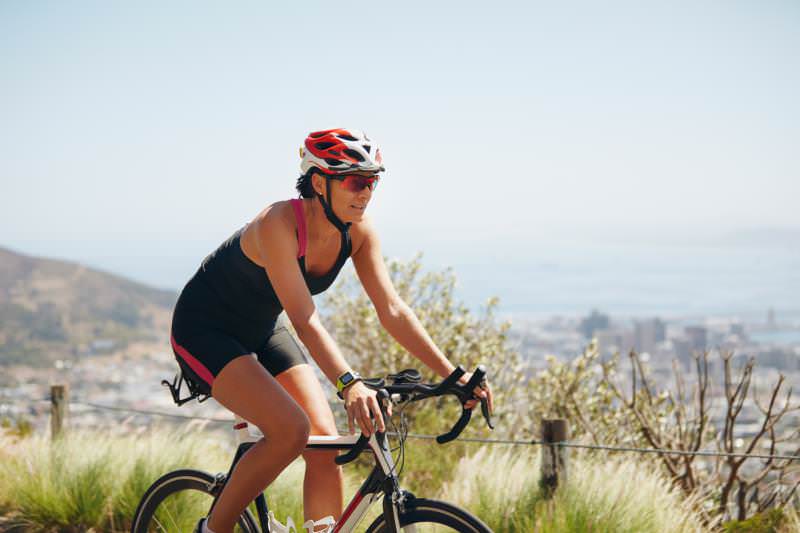
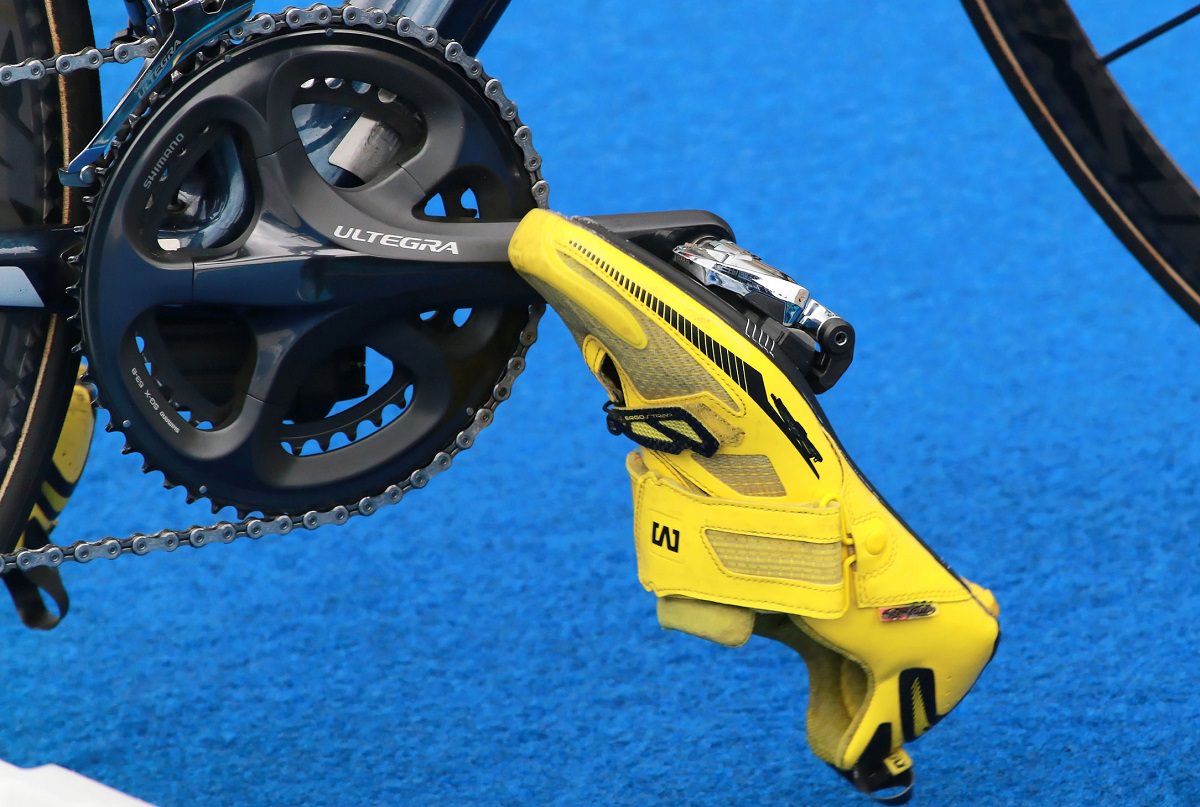
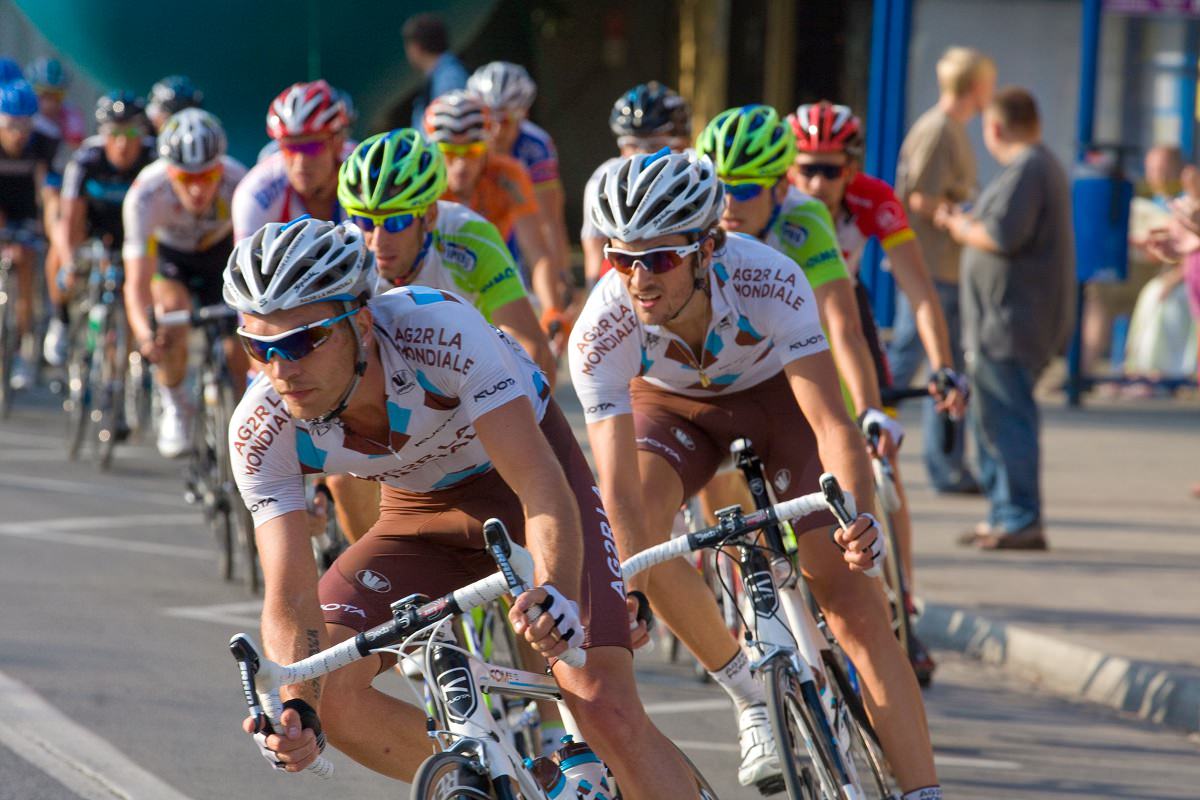
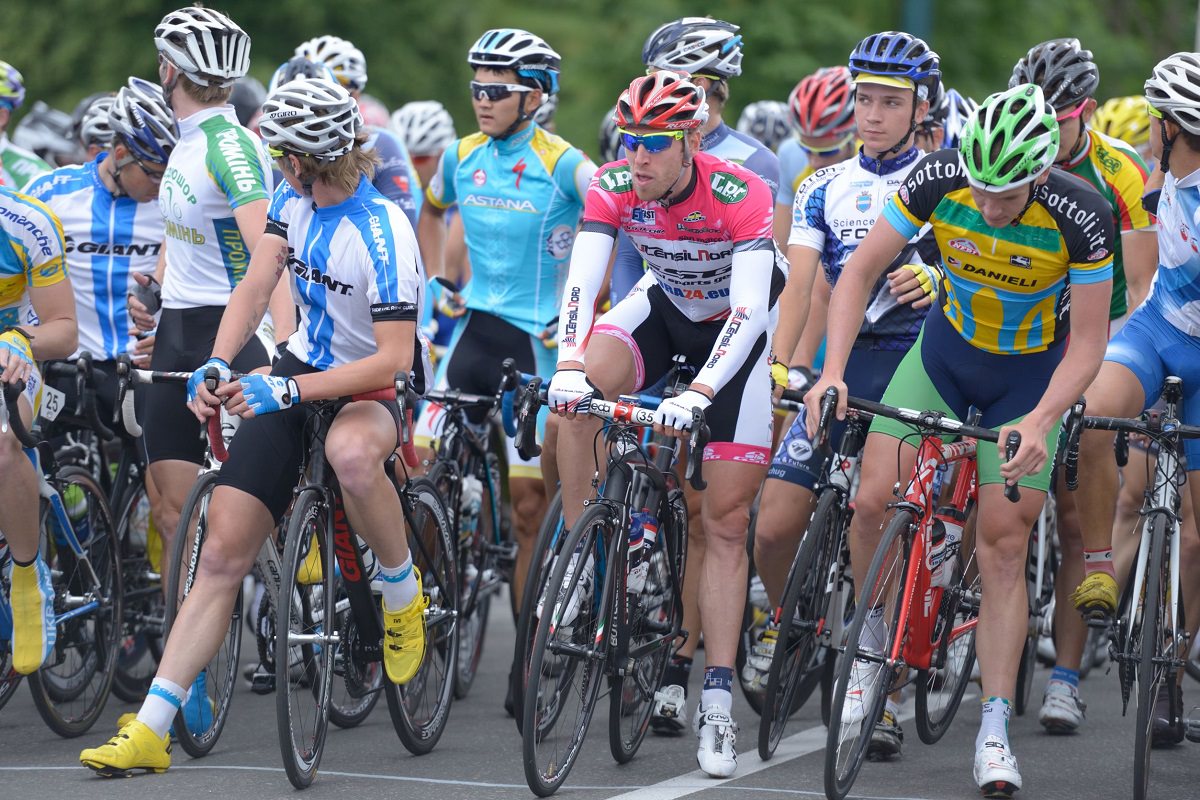
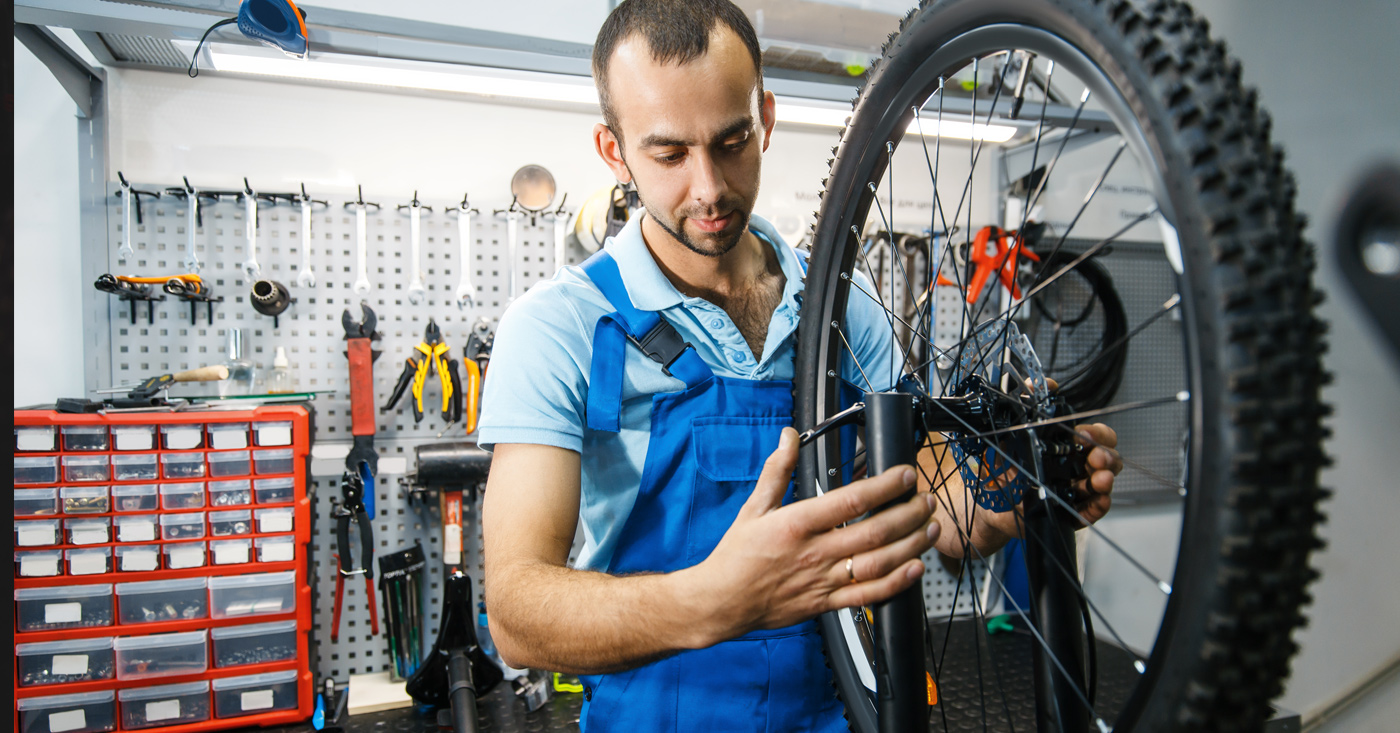
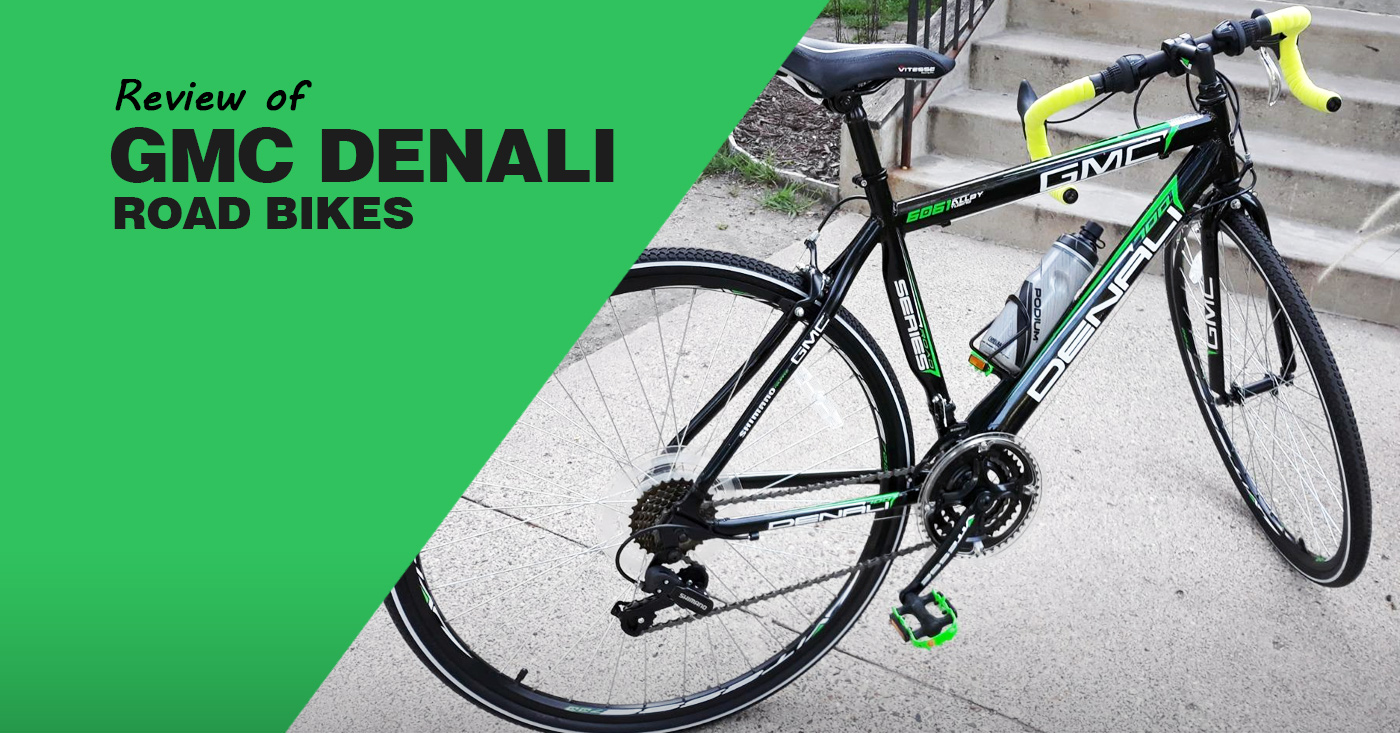
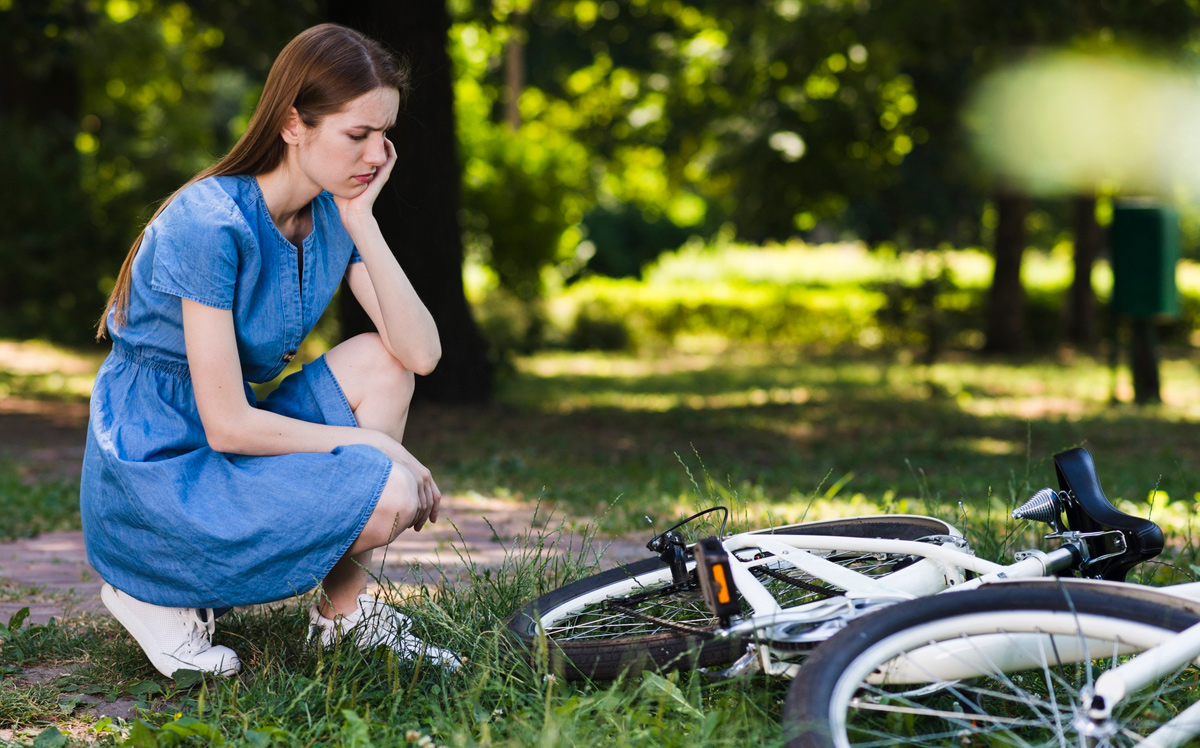
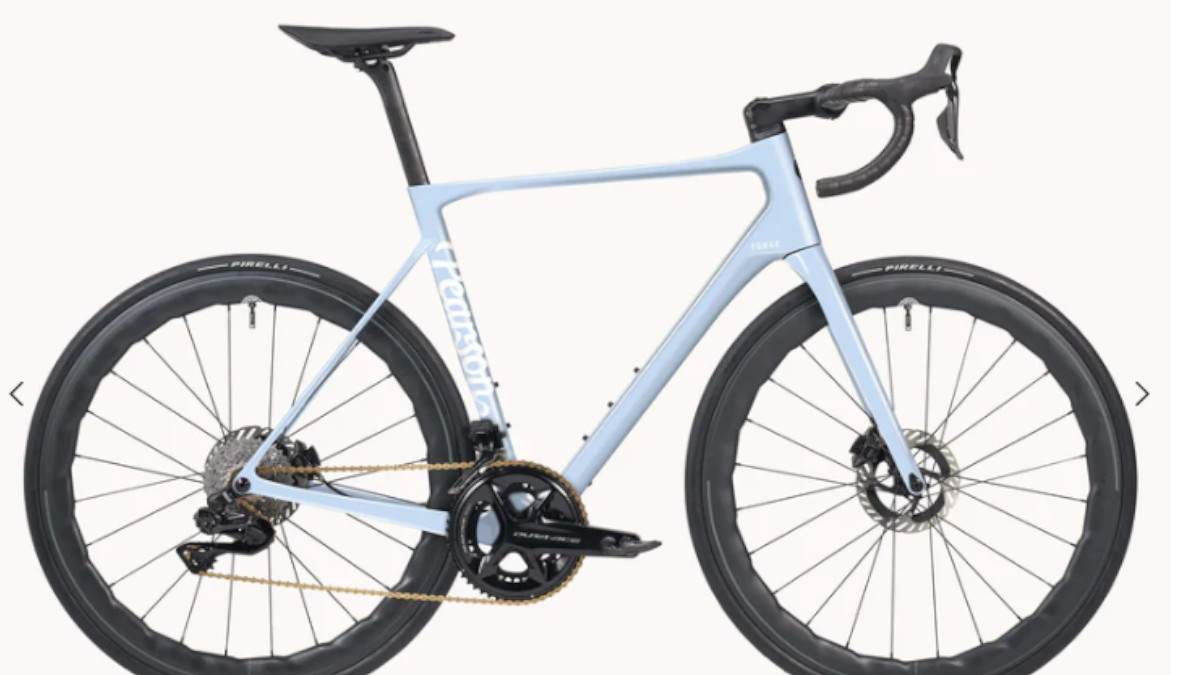
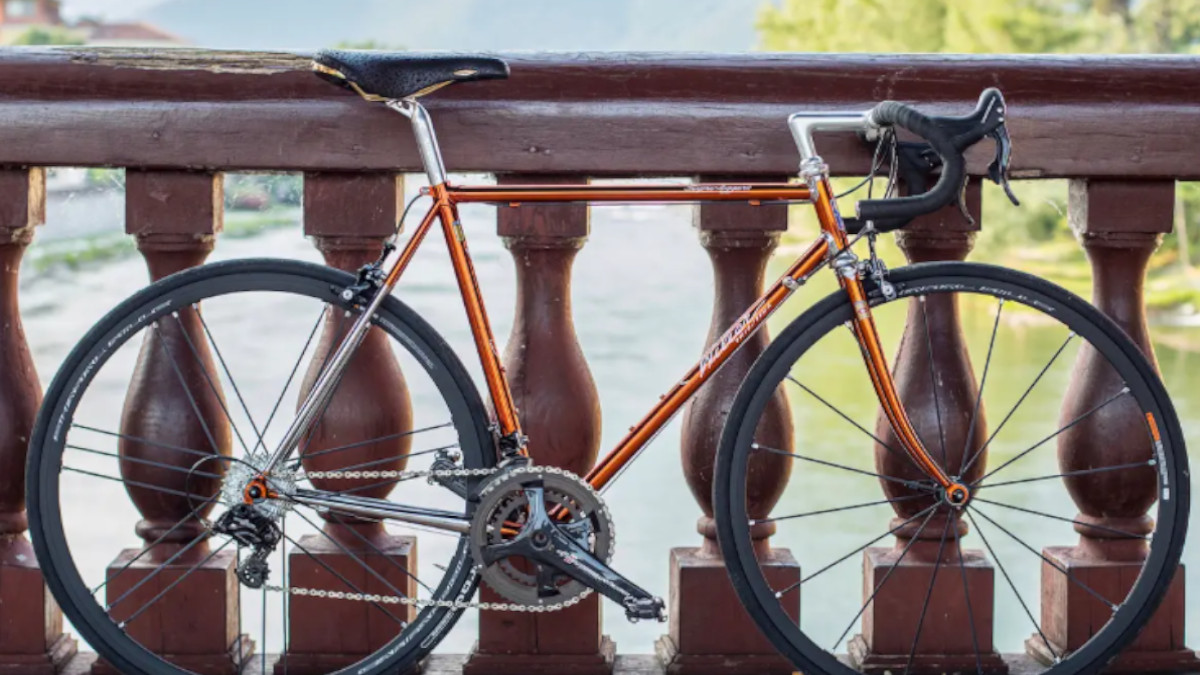
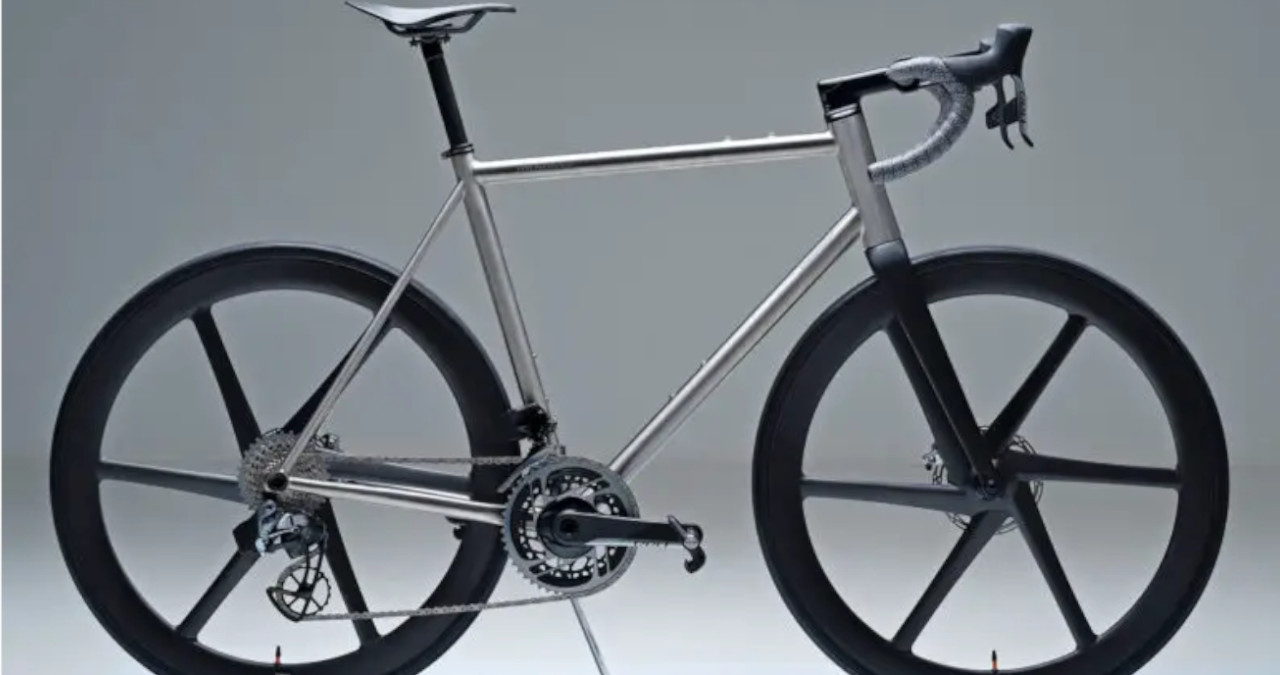
6 thoughts on “6 Most Important Road Bike Sizing Tips And Tricks”
Whoever came up with these bike size-per-height of rider size charts was a bloody height fascist for starting the chart at 5’0″ for one chart and 5’2″ for the other chart. There are many people smaller than that and it treats us like we don’t exist. I am 4’9″.
Do you use 49cm bike size?
I have the same height problem.
I was wondering if I should get 49cm bike since its bloody difficult to get a cheap road bike with 47cm frame.
thank you
I like your information …..:)
Thankyou Icebike!
Superb info!!! 👍🏻👍🏻👍🏻👌🏻👊🏼
I have a moutain bike m30 raleigh. Messure 5 8 and 30 inseame and 25 arms the bike seams to small. The length of tube is 22. I feal too upright and the pedals are under me. I want them more behind me but not bent over too much reaching for handle bars.
Hmm, so I’m 180cm height, and my inseam is 85cm, so where does that put me then?